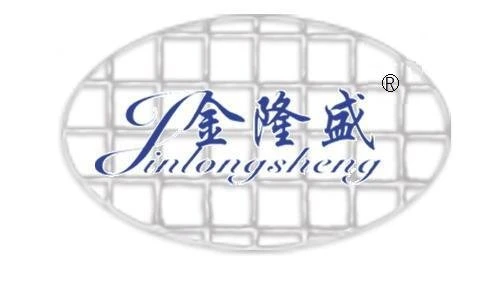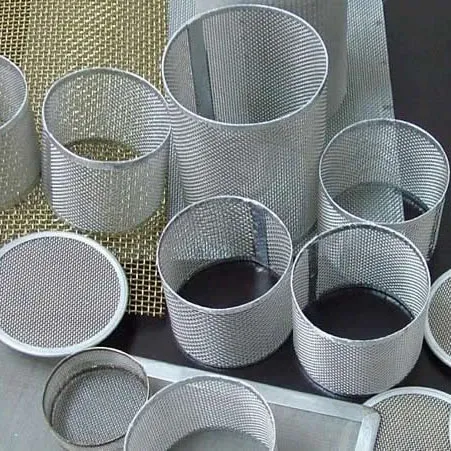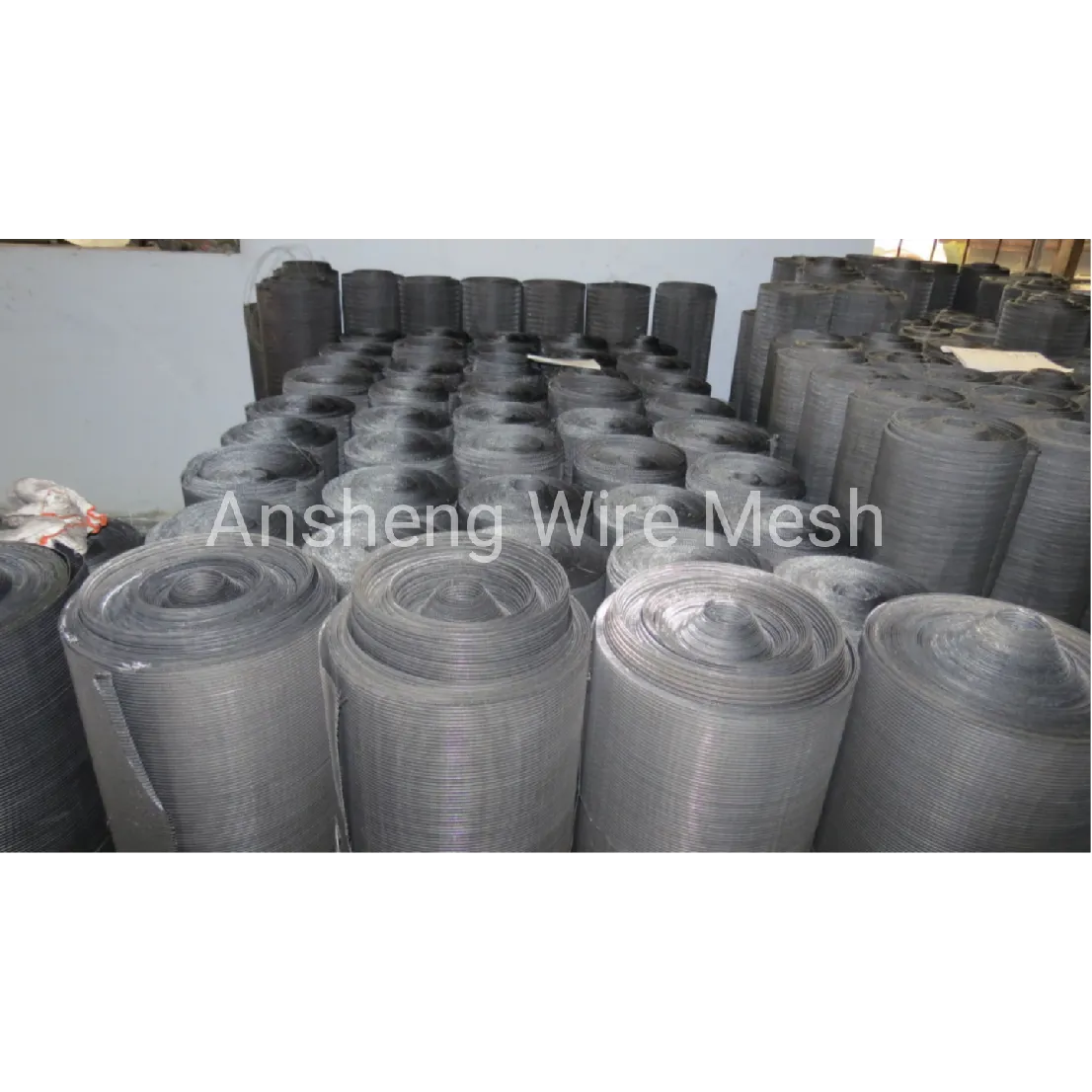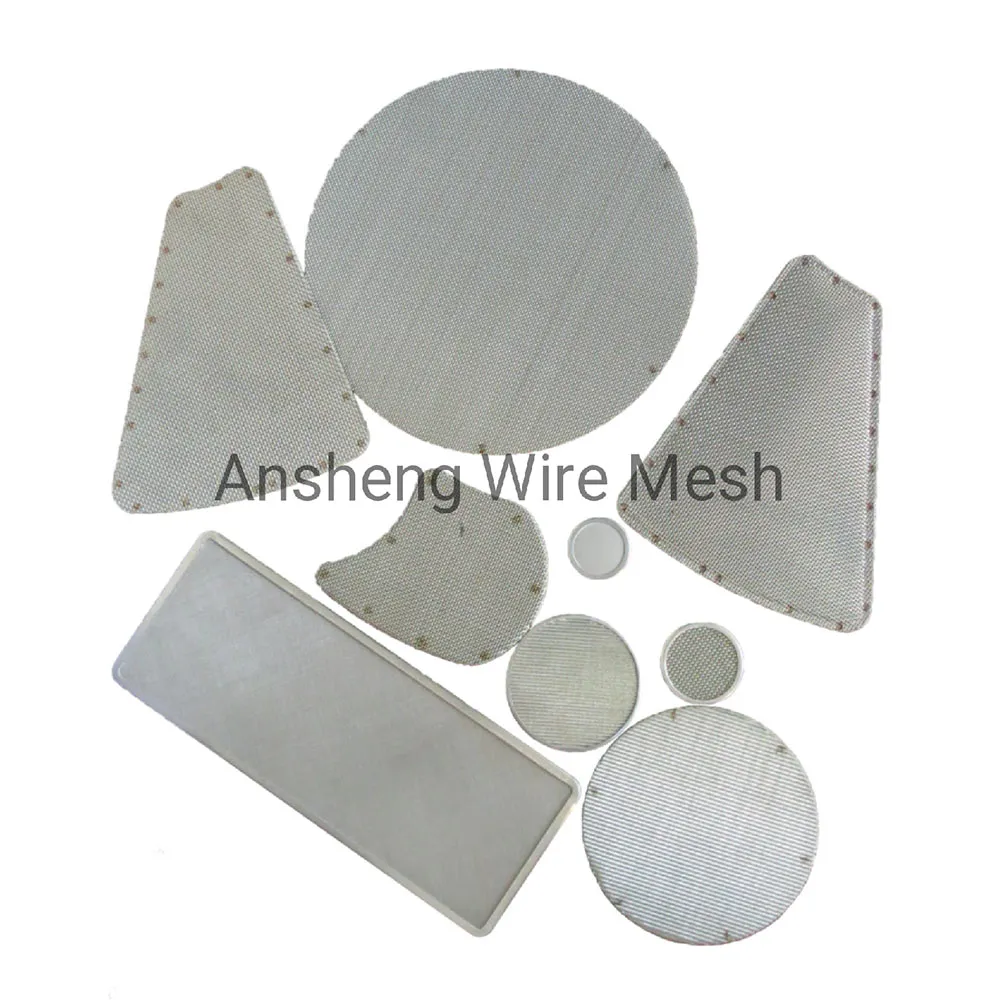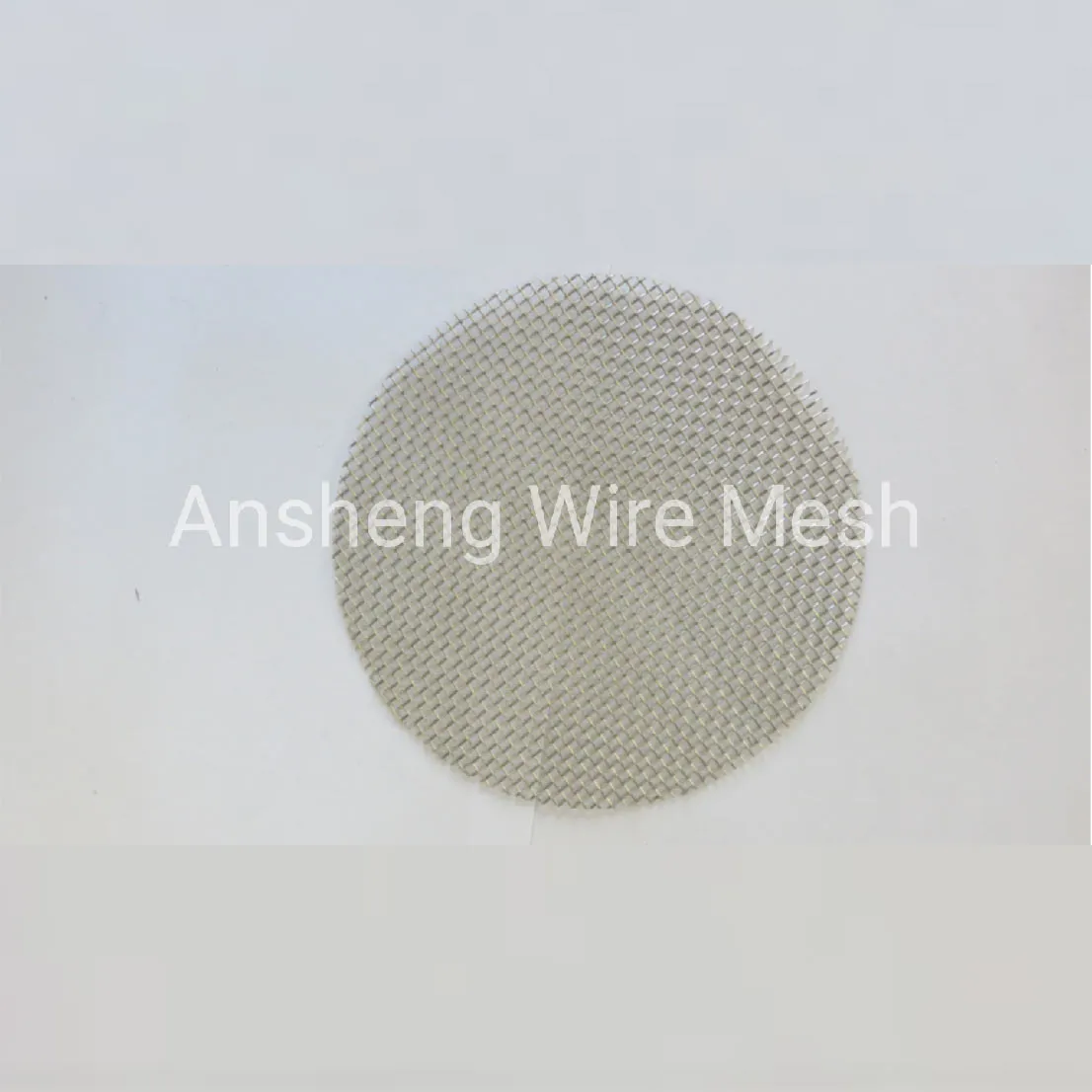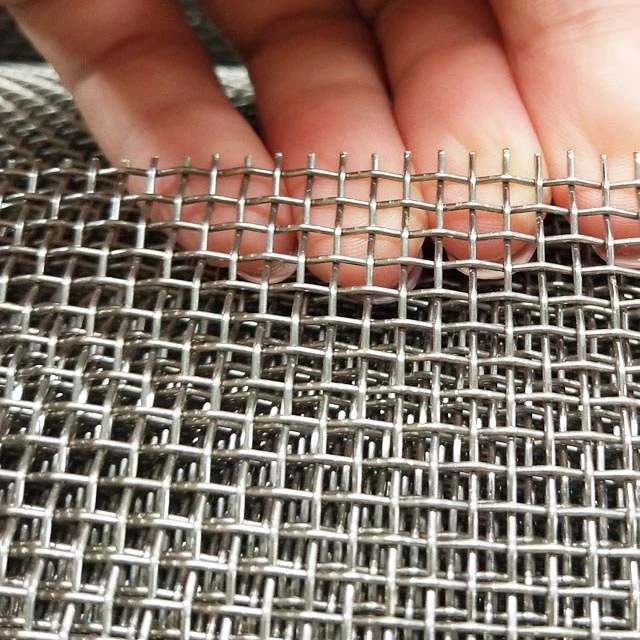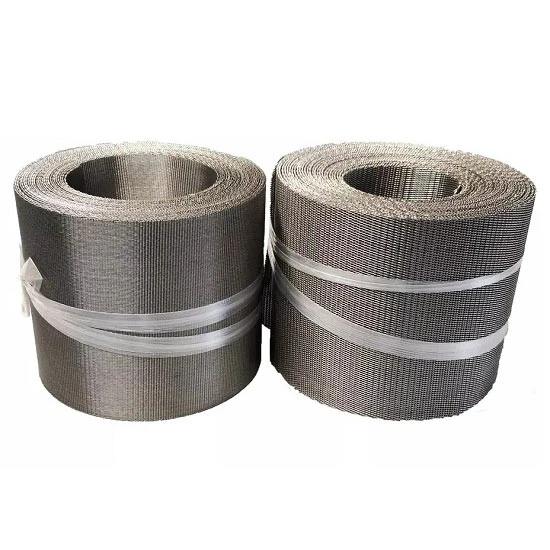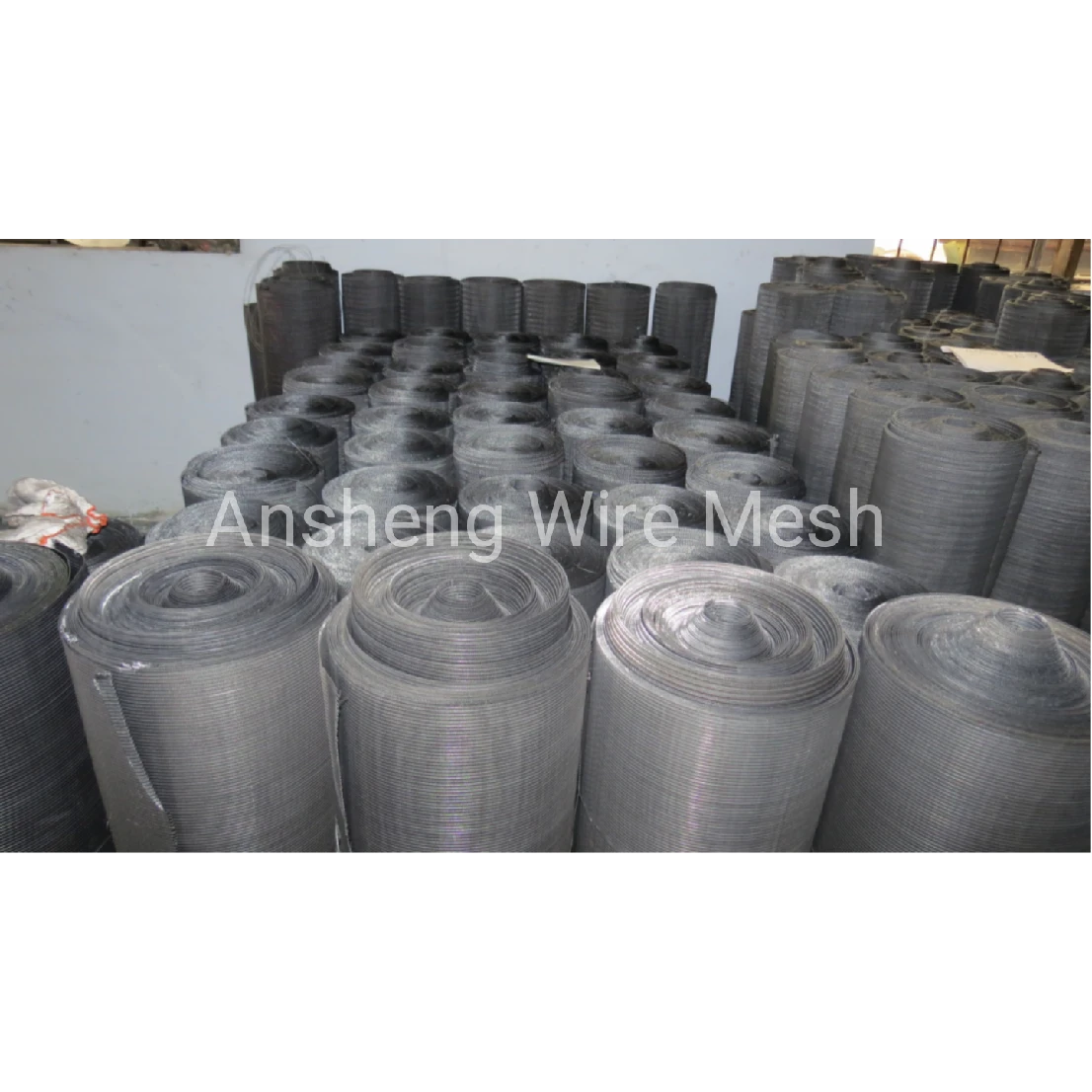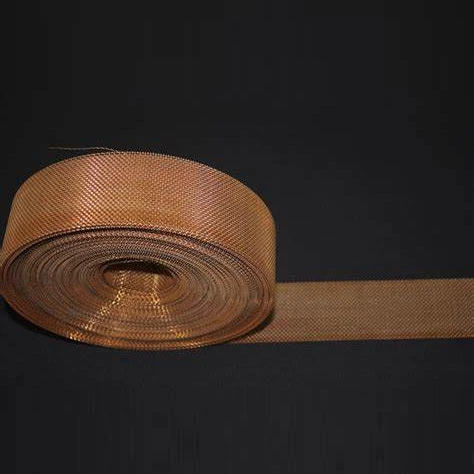Fine Steel Mesh: Why It Matters More Than You Think
Fine steel mesh might sound like one of those ultra-technical things that only engineers or industrial buyers fuss about, but it quietly plays a pivotal role across a surprising range of industries and humanitarian efforts worldwide. Whether you realize it or not, knowing a bit about fine steel mesh — what it does, how it’s made, and where it’s applied — opens a gateway to understanding a lot about modern manufacturing, safety, and even emergency relief.
Think about it. From filtering microscopic impurities in chemical plants to reinforcing disaster relief structures, fine steel mesh is woven right into the fabric of global infrastructure. And that’s why people invested in everything from environmental monitoring to advanced electronics find this material a lifesaver — literally or metaphorically.
The Global Landscape: Why Fine Steel Mesh Is So Crucial Today
Fine steel mesh is more than industrial hardware; it’s a response to global challenges. According to ISO standards and World Bank reports, rising pollution, the demand for cleaner water, and stricter manufacturing tolerances have pushed industries across the globe to adopt ultra-fine filtration and durable mesh solutions.1
On the humanitarian front, natural disasters affect millions annually. Emergency shelters and water purification units depend on fine steel mesh or variants because it’s scalable, robust, and surprisingly lightweight. But with ever-evolving environmental challenges, the quest for better mesh materials is ongoing.
So the big “problem” fine steel mesh addresses is twofold: increasing the precision and efficiency of industrial processes, while simultaneously supporting global sustainability and safety efforts.
What Exactly Is Fine Steel Mesh?
In simple terms, fine steel mesh is a woven or welded grid of thin steel wires crossing each other at regular intervals to create a screen-like fabric. “Fine” means the mesh spacing is tight—sometimes hundreds of wires per inch—designed to filter extremely small particles or provide precise protective barriers.
This mesh isn’t just metal netting. It's a finely engineered material that balances strength, corrosion resistance, and flexibility. Because steel comes in various grades (like stainless steel 304 or 316), the mesh can be tailor-made for different environments, from chemical factories to coastal relief zones.
In industry, fine steel mesh filters contaminants in liquids or gases; in humanitarian aid, it might reinforce temporary shelters or safeguard water supplies. So it’s both a technical marvel and a silent workhorse.
Quick Takeaway:
- Fine steel mesh is an engineered metal screen with tight wire spacing.
- Used worldwide for filtration, reinforcement, and protection.
Core Aspects That Matter When Choosing Fine Steel Mesh
Durability
Steel’s hallmark is strength — but fine steel mesh thrives because it balances tensile strength with flexibility. Grade 316 stainless steel, for instance, resists rust even in salty marine environments, which is why many coastal construction projects prefer it. Durability doesn’t just mean “lasts long”; it means keeps performing consistently under harsh conditions.
Precision & Scalability
Mesh size is everything here. Sometimes you need to filter dust particles smaller than a micron, other times just screen out debris bigger than a millimeter. Manufacturers can scale production from tiny prototypes (think lab filters) to industrial sheets covering thousands of square meters.
Cost Efficiency
Given the materials and precision manufacturing involved, one might expect fine steel mesh to be prohibitively expensive. But thanks to advances in automated weaving and material recycling, prices have dropped significantly over the last decade. The durability factor also means fewer replacements, which in real terms saves money over time.
Customization & Versatility
Fine steel mesh can be customized by wire thickness, weave pattern, and coatings (like galvanization or special polymers). This means it easily adapts to diverse problems — from water filtration to electromagnetic shielding.
Corrosion & Chemical Resistance
Especially critical when mesh is exposed to acids, salt spray, or industrial fumes. Choosing the right steel grade and coatings extends usability and reliability in these challenging settings.
Where Does Fine Steel Mesh Get Used? Real-World Applications
Fine steel mesh isn't confined to dusty factory floors. It’s everywhere:
- Water Treatment Plants: Filtering sediments and biological contaminants.
- Pharmaceutical Manufacturing: Purifying solvents and active ingredients.
- Mining & Mineral Processing: Screening small particulates from ore extraction.
- Disaster Relief: Reinforcing temporary shelters and filtering potable water.
- Electronics: EMI/RFI shielding to protect sensitive components.
- Agricultural Sector: Pest control nets and soil erosion prevention.
For example, in post-disaster zones across Southeast Asia, organizations have increasingly turned to fine steel mesh screens to rapidly filter contaminated water and reinforce modular shelters — preventing further health crises.
Mini Summary:
Fine steel mesh’s adaptability shines across diverse industrial and humanitarian contexts, making it an invaluable yet often overlooked component.
Product Specification Table: Typical Fine Steel Mesh Options
| Specification | Range / Value | Notes |
|---|---|---|
| Material Grade | 304, 316, 430 Stainless Steel | 316 preferred in marine/acidic environments |
| Wire Diameter | 0.03 mm - 1.2 mm | Thinner wires for ultra-fine filtration |
| Mesh Opening Size | 15 micron to 2 mm | Depends on application needs |
| Weave Types | Plain, Twilled, Dutch Weave | Dutch weave for fine filtration efficiency |
| Sheet Dimensions | Custom, up to 3m x 15m | Large orders can be custom-cut |
| Surface Treatment | Galvanized, Passivated, Electro-polished | For enhanced corrosion resistance |
Comparing Leading Fine Steel Mesh Vendors
| Vendor | Material Grades Offered | Customization Options | Lead Time | Price Range |
|---|---|---|---|---|
| Ansheng Filter Screen | 304, 316 SS, Galvanized | Wire diameter, weave, sheet size | 2–4 weeks | Mid-range |
| MeshCo International | 316L, 430 SS, Alloy Steel | Advanced coatings, custom alloys | 3–6 weeks | High |
| Global Mesh Solutions | 304, 316 SS | Standard sizes only | 1–3 weeks | Budget |
Advantages & Long-Term Value of Fine Steel Mesh
Honestly, what many buyers appreciate (after the technical specs) is how fine steel mesh combines durability with peace of mind. It’s not just metal — it’s assurance:
- Safety & Reliability: Resistant to corrosion and wear, ensuring longer life cycles.
- Sustainability: Steel is infinitely recyclable; plus, better filters mean less environmental contamination.
- Cost Savings: Reduced downtime in production or fewer shelter replacements lowers overall costs.
- Social Impact: In humanitarian zones, proper filtration can literally save lives and dignity.
One might forget how such a humble mesh impacts so many lives. But it’s true — durability here translates into communities staying safer, industries running cleaner, and ecosystems measured healthier.
Looking Ahead: Future Trends & Innovations
Innovation isn’t stopping at just thinner wires or better coatings. Green energy sectors, for instance, need ultra-precise meshes for fuel cell filtration and battery components. Digital measuring tools now allow manufacturers to detect micro-imperfections during production, leading to higher quality.
Moreover, automation in custom mesh weaving promises to reduce lead times drastically. And some companies are exploring hybrid materials that combine steel with graphene coatings — potentially revolutionary for durability and conductivity.
Challenges & How To Overcome Them
Fine steel mesh isn’t magic. Some challenges remain:
- Fragility at Ultra-Fine Scale: Thinner wires can be delicate and prone to damage during installation.
- Cost vs. Performance: High-precision materials cost more upfront, which may deter smaller operations.
- Supply Chain Limitations: Lead times can fluctuate, especially for custom specs.
To counter these, many engineers suggest using protective frames, bundling bulk orders, and partnering with reliable suppliers who offer robust after-sales support — like Ansheng Filter Screen, noted for their quality control and client-centric approach.
FAQs About Fine Steel Mesh
Q1: How do I choose the right fine steel mesh for water filtration?
A: Focus on mesh opening (micron size), corrosion resistance (316 SS recommended), and weave type (dutch weave for fine filtration). Matching these with your fluid’s chemical properties ensures optimal performance.
Q2: Can fine steel mesh be reused after cleaning?
A: Yes, typically fine steel mesh can be cleaned and reused multiple times. Proper handling and cleaning methods are essential to maintain wire integrity and prevent clogging.
Q3: What industries benefit most from fine steel mesh supply?
A: Key industries include water treatment, pharmaceuticals, electronics, construction, agriculture, and disaster relief. Each requires tailored solutions based on their specific filtration or reinforcement needs.
Q4: How sustainable is fine steel mesh compared to synthetic alternatives?
A: Steel is highly recyclable and can be reused indefinitely without losing strength. Compared to synthetic meshes (plastics, polymers), steel generally offers a smaller environmental footprint over its lifecycle.
Q5: Is custom-sized fine steel mesh expensive to order?
A: While custom sizing can add some cost and lead time, many suppliers offer flexible options that keep prices reasonable, especially when ordering in bulk or recurring quantities.
Wrapping It Up: Why Fine Steel Mesh Is Worth Your Attention
Fine steel mesh isn’t just “mesh.” It’s a testament to human ingenuity in balancing complexity with simplicity, durability with finesse. Whether your interest lies in building safer infrastructure, ensuring clean water, or promoting sustainable manufacturing, fine steel mesh quietly supports these vital goals.
Curious to explore customized, high-quality options? Visit Ansheng Filter Screen’s official site and see how they tailor fine steel mesh solutions for your needs.
Until next time, it’s these small but substantial details that keep the world turning — one woven wire at a time.
References
Post time: Nov . 20, 2025 13:00
